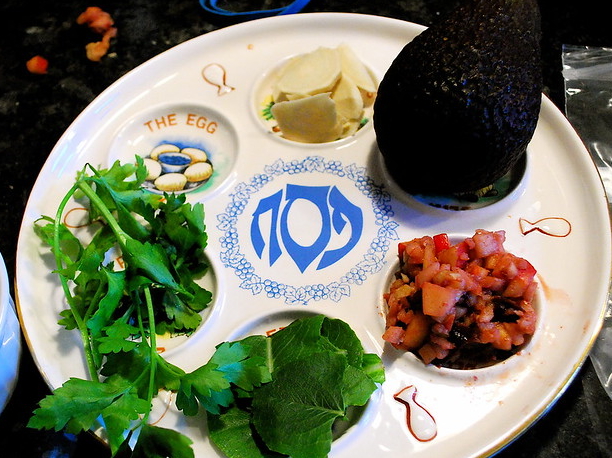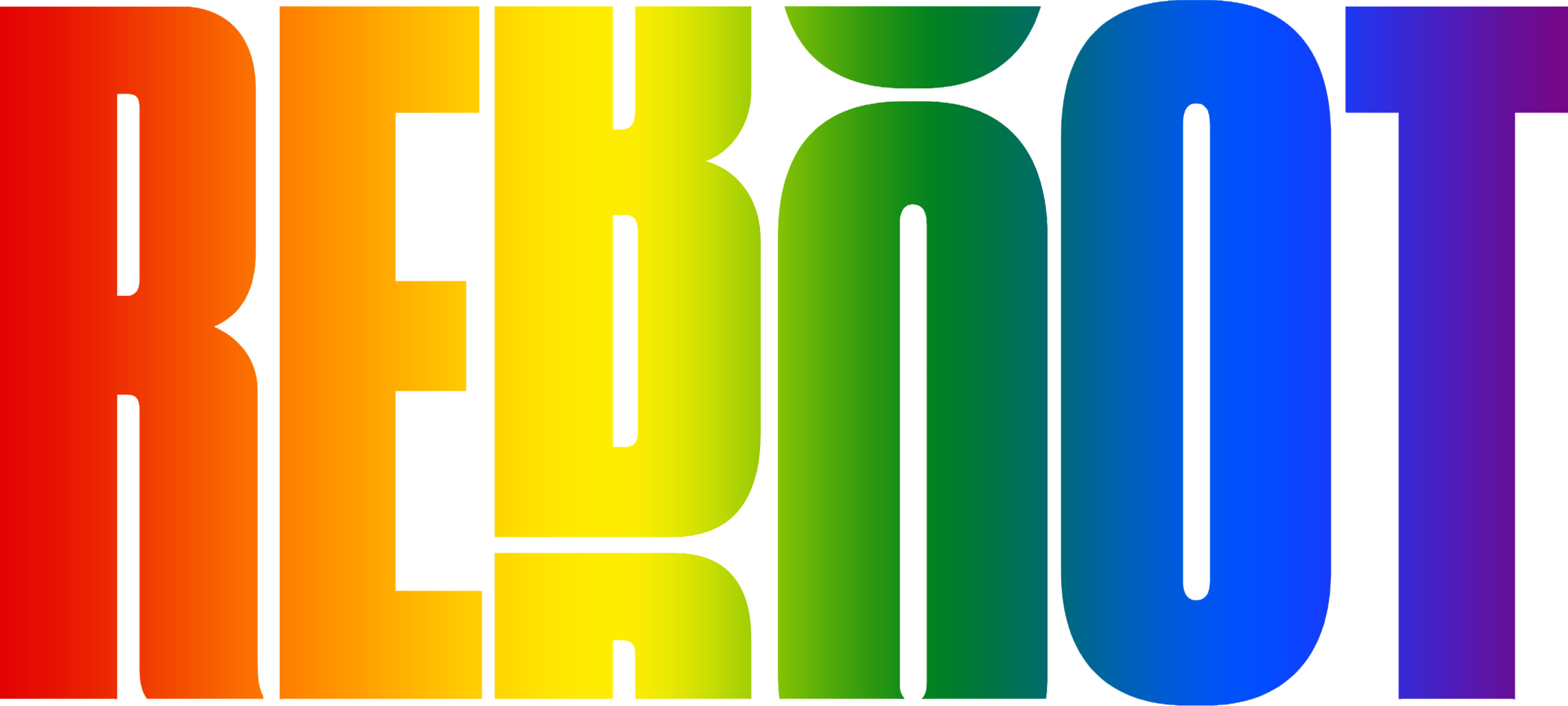
During Passover, the seder plate is used to help retell the story of Passover and the Exodus from Egypt. Historically it is said that the seder plate differed from the seder plates we use today of ceramic, china or silver. The original seder plate was said to have been made from wicker in which Passover’s symbolic foods were placed.
The wicker used in the original seder plates was most likely not round; historians tell us that the actual name was “ke’arah” which is the Hebrew word for “tray.” This was first mentioned in the Mishnah where it speaks about most of the rituals and prayers required for the seder plate. During the medieval period, when haggadot, the booklet used at the seder, were first printed, the image of the seder plate began to appear as round in the illustrations. However, the Sephardi Jews depiction in their haggadot printed during the same time period, was of the traditional wicker basket.
The seder plate has various foods that are symbolic for various aspects of Passover. Typically there have been six items on the seder plate which include maror (bitter herbs), charoset, karpas (a vegetable other than bitter herbs), zeroah (shankbone), and a beitzah (egg). Alongside the seder items are three matzot and salt water. Other additions to the seder plate include vinegar, an orange, olive, a potato and more. Modern additions to the seder plate and explanations can be found here.
The modern seder plate is very Reboot- reimagining, reinventing and reinforcing Jewish thought and traditions. How can we take Jewish rituals and traditions and connect them to our lives so that they are relevant and meaningful? It has been Reboot’s mission to do just that. All Reboot projects imagine Jewish ritual and tradition afresh, offering an inviting mix of discovery, experience and reflection through events, exhibitions, recordings, books, films, DIY activity toolkits and apps. These projects have engaged over a million participants and continue to inspire Jewish connections and meaning by encouraging participants to become creators in their Jewish experience. Our vast array of projects over the past 20 years can be found here.
